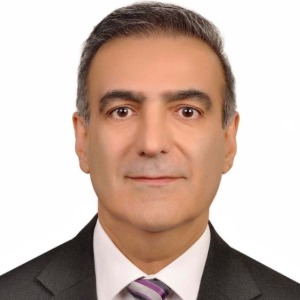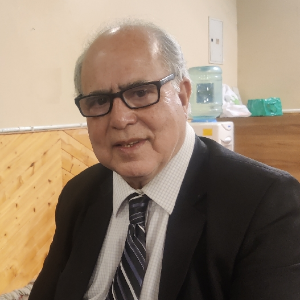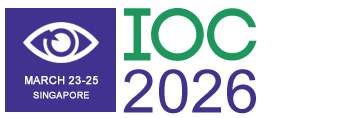Refractive Errors and Correction
The ability to focus light accurately onto the retina is vital for clear vision, and disruptions in this process give rise to a range of visual conditions. Managing refractive errors and correction requires a tailored approach, depending on whether the issue involves nearsightedness, farsightedness, astigmatism, or age-related focusing loss. While glasses and contact lenses remain widely used and continue to benefit from better materials and ergonomic designs, many individuals now consider surgical alternatives. Procedures such as photorefractive keratectomy and lens-based corrections offer reliable, long-term improvements. For younger patients, especially those with progressive myopia, non-invasive treatments like corneal reshaping lenses worn overnight are gaining traction. Advances in diagnostics help match patients with the most suitable corrective strategy, factoring in corneal health, lifestyle, and long-term visual needs. Ongoing innovations in optics, combined with greater awareness of eye health, are helping clinicians improve outcomes and expand access to effective refractive care.

Tim Jackson
King’s College London, United Kingdom
Shadrokh Nabili
University Hospitals of Morecambe Bay NHS Foundation Trust, United Kingdom
Anna Maria Bassi
University of Genoa, Italy
Pio Conti
University of Chieti, Italy
Gowhar Ahmad
Florence Hospital Srinagar, India
Hyungju Park
Gangnam Tokyo Eye Clinic, Korea, Republic of




Title : Rare and interesting case of Goldenhar’s syndrome in a 3 years old male child
Gowhar Ahmad, Florence Hospital Srinagar, India
Title : Management of common vitreoretinal lesions: An overview and update
Tim Jackson, King’s College London, United Kingdom
Title : Optimizing astigmatism management in refractive cataract surgery
Shadrokh Nabili, University Hospitals of Morecambe Bay NHS Foundation Trust, United Kingdom
Title : Comparative outcomes of a newly modified trabeculectomy versus conventional trabeculectomy
Hyungju Park, Gangnam Tokyo Eye Clinic, Korea, Republic of
Title : Lumevoq gene therapy in leber hereditary optic neuropathy
Magali Taiel, GenSight Biologics, France
Title : Intra orbital wooden foreign bodies: A retrospective study of 30 cases
Chandana Chakraborti, Regional Institute of Ophthalmology, Medical College & Hospital, India